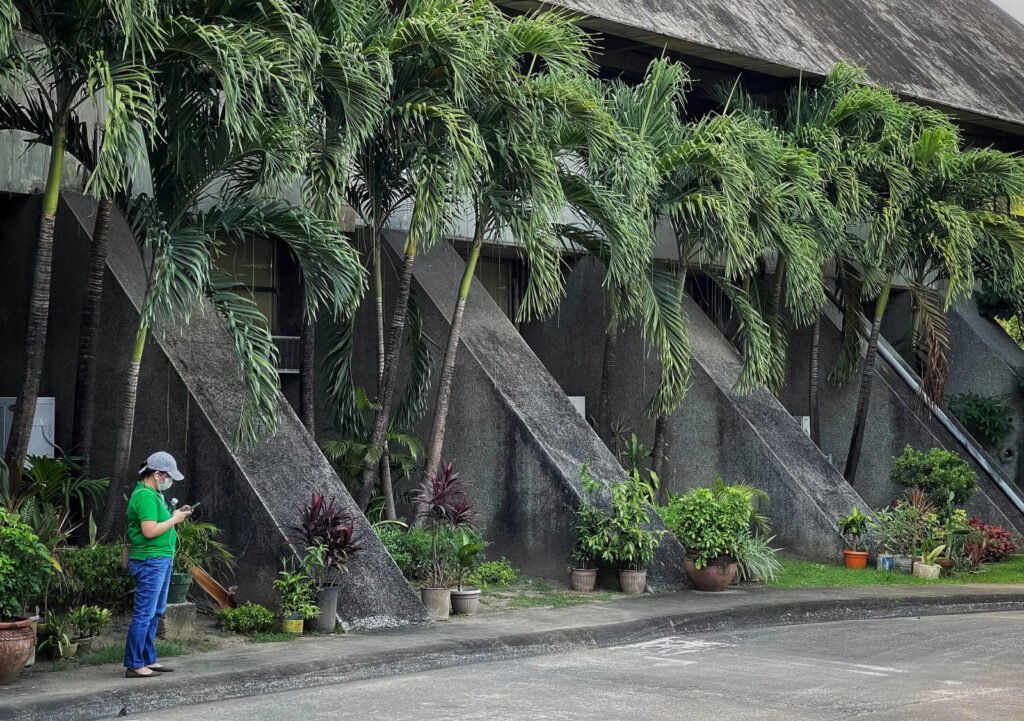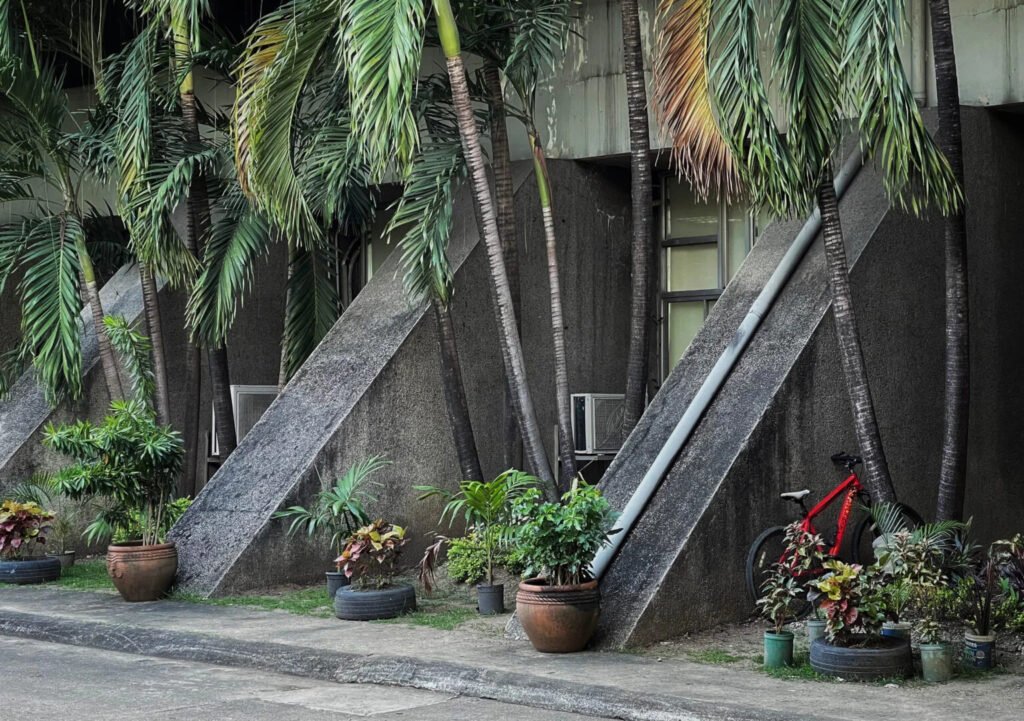Words Gabrielle de la Cruz
Images The Architecture of Leandro V. Locsin (1977) and Atom Araullo
Yesterday, January 25, 2024, it was reported that the National Commission for Culture and the Arts (NCCA) declared the Nutrition Center of the Philippines by National Artist for Architecture as an Important Cultural Property (ICP). The announcement was made in a Facebook post by National Commission for Culture and the Arts (NCCA) Commissioner for Cultural Heritage Ivan Henares.
The declaration happened three months after the NCCA shared that the National Nutrition Center filed a petition, with a Notice to the Public served last October 23, 2023. Public positions were received by the commission until November 13 of the past year.


Henares’ post revealed that the National Nutrition Council of the Philippines Compound actually filed a petition for the cultural property to be declared a National Cultural Treasure. He added that while this was the case, “the ICP declaration allows the Department of Transportation (DOTr) to undertake adaptive reuse to integrate this significant work of Locsin into the Senate-DepEd Station of the Metro Manila Subway.”
It is no secret that DOTr requested drawings of the Nutrition Center from architectural firm Leandro V. Locsin Partners (LVLP) in 2021. The same request was made for the center’s neighboring buildings in Locsin’s Complex of Social Welfare Agencies namely the Philippine Center for Population & Development and SWADCAP DSWD, leaving the heritage community alarmed given the demolitions of certain Locsin buildings at the time. Journalist Atom Araullo also shared in an interview with Kanto in 2022 that he “found out that the government [previous administration] was planning to demolish the structure for the construction of a subway.”


Thankfully, the recent declaration now safeguards the Nutrition Center of the Philippines, as Article III, Section 5 of R.A. 10066 or the National Cultural Heritage Act of 2009 states that the designation as an ICP is “for purposes of protecting a cultural property against exportation, modification or demolition.”
An Important Cultural Property designation is given to a cultural property for “having exceptional cultural, artistic, and historical significance to the Philippines.” It is important to note that the designation of the Nutrition Center as an ICP highlights how the works of National Artists such as Locsin contribute to our national and cultural identity, and how they must, in turn, be protected.
Proclamations of National Artists state that their works and achievements are reflective of “that national genius that contributes to the artistic heritage of the Philippines and the world,” and Locsin’s solid portfolio and awards such as the Fukuoka Asian Culture Prize serve as proof of the pride he brought our nation. His early works were precedents to the iconic landmarks that he would leave behind, with his son Andy Locsin describing some of his first schemes with “a very, very strong design sense—concepts of floating volumes, openness, a horizontality that was of the earth, and a lifting of those volumes off the ground; reminiscent to some degree of an abstraction of what Filipino architecture could be.”
Many of the structures that Locsin left us continue to shape our cultural fabric up to this day, as seen in the way the PICC has played host to numerous public and private events or how the Nutrition Center of the Philippines has long been the headquarters of the National Nutrition Council, “the country’s highest policy-making and coordinating body on nutrition.”


Aside from its cultural significance as a Locsin work, the 1974 Nutritional Center Building also follows the massive, concrete volumes signature of the architect. Araullo described the building as having Locsin’s fingerprints all over it, with “clean lines, the big spaces, the lightness in an otherwise heavy and imposing structure.” He added that he “especially liked the staircase in the middle of the building,” another feature that Locsin also incorporated in some of his most prominent works such as the Tanghalang Pambansa and the PICC in the Cultural Center of the Philippines Complex.
We complete this announcement with a reminder from architect Dominic Galicia: “We need to eliminate the draconian notion that the work of a National Artist can no longer evolve in order to adjust to contemporary needs, that its meaning and significance are no longer able to deepen. It is a mindset that the work of an architect, once declared National Artist, must forever remain unchanged.” •



